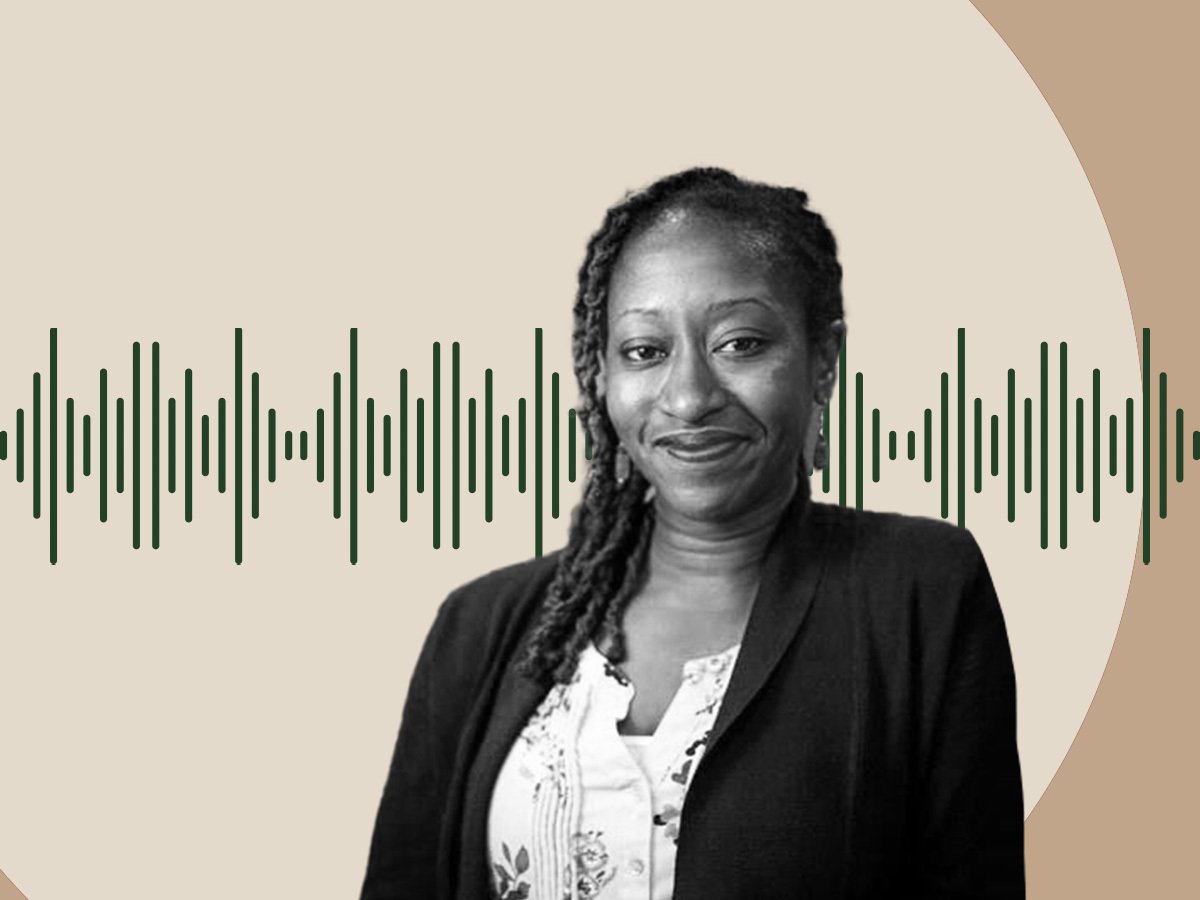

Last April, NPQ asked how donor-advised funds (DAFs) would respond to the COVID-19 crisis. We noted that one rationale for DAFs, in addition to facilitating charitable giving, was to serve as a kind of charitable piggy bank—an emergency “rainy day” fund to help meet a pressing need.
DAF account holdings are significant. According to the National Philanthropic Trust (NPT), as of the end of 2019, $141.95 billion was deposited in DAFs, including $38.91 billion in new contributions in 2019 alone. What’s more, DAFs have grown rapidly; in the past decade, their value has quadrupled, even after adjusting for inflation. (DAF holdings in 2009 were $29.31 billion, or $34.92 billion in 2019 dollars.)
As NPQ has detailed, DAFs act as a kind of charitable savings or checking account. Donors make irrevocable gifts to their DAFs and get a charitable tax deduction in return, with donors recommending disbursements to specific nonprofits later on. On average, DAF dollars get to nonprofits reasonably quickly. Fidelity Charitable reports that 76 percent of donations to DAF get disbursed to nonprofits within five years and 89 percent within 10 years. This is certainly faster than most foundation payout rates.
But these numbers can be read in different ways. From a public policy standpoint, is it wise for more than a tenth of tax-favored DAF dollars (over $15 billion) to sit unused for over a decade? And, if not, what rules should be put in place to prevent such an outcome?
Concerns like these have fueled a host of reform efforts. Last year, for example, Chuck Collins, writing in NPQ, advocated a three-year “emergency charitable stimulus” based on doubling foundation minimum payouts from five to ten percent and requiring ten-percent payouts from each individual DAF account for three years. This measure would free up $200 billion at no cost to taxpayers (since the deductions have already been claimed), but it received only modest backing among philanthropy.
To gain a sense of DAFs’ growing scale, it is worth noting that total giving in 2019 was $449.64 billion, with individual giving accounting for $309.66 billion, or 69 percent of that total (other sources are corporate and foundation giving and bequests). This means that more than one dollar in eight—12.7 percent, to be precise—that individuals donated to charities in 2019 was donated to a DAF. It also means that the total stock of DAF funds by the beginning of 2020 was more than half of all non-DAF individual donations made in the preceding year.
Recall that, legally speaking, once a person has contributed to a DAF, the money no longer belongs to the donor. That is why the donor gets a tax deduction. This creates the possibility for rapid gifting to nonprofits in times of need. Since the money has already been given away, all that has to occur to put money in nonprofits’ hands is for the DAF account holder to recommend the disbursements of funds already donated.
For this reason, the “rainy day” potential during an emergency—say, a global pandemic, matched by a historic uprising against anti-Black racism—is substantial. Last spring, David and Jennifer Risher called on fellow DAF holders to “half their DAFs.” The Rishers’ efforts netted $8.6 million in donations in 2020 (and they are seeking to spur $20 million more this year). Had the entire DAF world followed their lead, more than $70 billion would have been distributed in 2020.
That’s not what happened. Now, DAF giving did climb rapidly, but these increases were on the order of 20 to 40 percent, which is far from half of total DAF holdings.
What emerges, then, is a mixed picture. Clearly, DAFs do serve as charitable buffers. But less so than their big numbers might suggest.
DAF Giving in 2019 and 2020
Not all the data are in. Eileen Heisman, president and CEO of NPT, notes that final numbers may not be available until August because of differing fiscal years. Broadly speaking, NPT reports that nationally, if you compare DAF giving from January through June of 2020 with the same six-month period of 2019, giving is up 29.8 percent. Some significant annual figures have been reported, listed below. If the trendline is the same for DAF sponsors that have not yet reported their numbers, one might expect to see DAF giving overall to increase by $8–9 billion in 2020.
Grant Disbursements from Donor-Advised Funds (partial list)
| 2019 (in billions) | 2020 (in billions) | Increase (percentage) | |
| Fidelity Charitable | $7.3 | $9.1 | 24% |
| Schwab Charitable | $2.74 | $3.7 | 35% |
| Vanguard Charitable | $1.48 | $1.8 | 22% |
| Community foundations | $4.75 | $6.71 | 41% |
| Sub-total | $16.27 | $21.31 | 31% |
| Total | $27.37 | Not available | Unknown |
Of course, increases are not the same across the board. An industry-wide survey by NPT notes the following sectoral numbers:
DAF Donations by Sector (January-June 2020 v. January-June 2019)
| Arts | -9.0% |
| Education | 4.8% |
| Environment | 31.1% |
| Health | 54.2% |
| Human Services | 78.9% |
| International | 34.0% |
| Public Benefit | 51.0% |
| Religion | 28.0% |
| Other | 55.5% |
| Average increase | 29.8% |
Notably, human services funding went up the most, while arts funding actually fell. Heisman observes that these outcomes were similar to the Great Recession, although the increase in human service funding was much greater in 2020. The arts, she notes, often get short shrift in donations when times are down, a particularly unfortunate outcome in 2020, in which the arts sector has been harder hit by COVID than any other nonprofit sector.
Sign up for our free newsletters
Subscribe to NPQ's newsletters to have our top stories delivered directly to your inbox.
By signing up, you agree to our privacy policy and terms of use, and to receive messages from NPQ and our partners.
Asked to indicate what she found surprising in the data, Heisman said she was surprised the health care sector didn’t show even greater growth. She also indicated that the public benefit increase likely reflects increased support of community foundations. She added that the increased funding for international causes might seem surprising, but it’s an expected outcome amid a pandemic global in scope.
When asked to consider how significant was the increase in DAF giving, Heisman notes that the decentralization of DAF giving makes larger shifts less likely to happen. “We are just a responsive vehicle. You can’t plan,” she says.
Heisman adds, “Most double-digit increases are big. I think it of it as a really substantial number. The interesting thing about people’s interest in giving money: it has to be triggered by something.…30 percent more of a behavior, that is notable.”
DAF Giving in the Broader Picture
Regardless of whether one considers a 30 percent increase impressive or not large enough, it is clear that DAF disbursements did increase at a rate faster than donations as a whole, compensating at least somewhat for the gap between donor appetite and social need. A report from the Fundraising Effectiveness Project estimates that for the first six months of 2020, donations were up 7.5 percent from the same period of 2019.
A report from the Blackbaud Institute, based on 8,800 organizations with over $40 billion in donor revenue, estimates that total in 2020 increased two percent, with larger nonprofits (over $10 million in revenue) doing best (5.3 percent increase in donations). Meanwhile, small nonprofits (under $1 million in revenue) performed worst (7.2 percent decline).
A report from Candid and the Center for Disaster Philanthropy tracks the over $20 billion in giving by corporations, private foundations, and high-net-worth individuals that was publicly announced and officially dedicated to addressing COVID.
One interesting finding from Candid: the $4 billion given by MacKenzie Scott to 384 nonprofits “singlehandedly accounted for nearly three-quarters of the $5.8 billion” of COVID-related grants of $50,000 or more publicly announced by megadonors. This leads to some odd results—for instance, 39 percent of funding from megadonors in 2020 was unrestricted. Take Scott out, however, and that number falls to nine percent—better than the three percent of the first half of 2020, but a more modest increase.
The same dynamic manifests when one looks at racial justice. Of the nearly $1.5 billion in COVID funding that Candid reports was donated by foundations, corporations, and high-net-worth individuals to BIPOC communities, more than half was from Scott.
Scott’s donation looks even more remarkable when one considers that US billionaire wealth increased by roughly $1.3 trillion, from $3 trillion to $4.3 trillion, over the past 12 months. Full donor data will have to await the publication of the Giving USA report, typically published in June. But untapped donor capacity is evident.
Closing Thoughts
What is the role of philanthropy in a social crisis, and where do DAFs fall within that broader picture? Clearly, philanthropy cannot—and, in a democratic society, should not—compete with the resources of government. It is notable that even if DAF holders had donated $70 billion in 2020, that would pale compared to the scope of the crisis. After all, the US federal government to date has appropriated more than $5 trillion, which is over 70 times that amount. The crisis certainly has been a call to action for philanthropy. That said, it’s also a call for humility.
Beyond the dollars they provide, where philanthropy—and DAF donors—can make a difference is in who they support (do they use an equity frame in making grants? do they support communities of color?), how they support (do community groups control where the money goes?), whether donation recipients can spend the money without strings, and whether that support is lasting. And because government fails to reach many, both intentionally (as with undocumented immigrants) and inadvertently, philanthropy can help to reduce some of those gaps. Philanthropy can also make a difference in serving as a research-and-development fund for the social sector—serving as risk capital, if you will.
With foundations, and even with publicly announced megadonor gifts, it is possible to track philanthropy on at least some of these metrics. It is hard to get this level of data for DAF donors. (Another reason, perhaps, for better data collection rules). But one area where DAF donors clearly outperform foundations is in providing operating support. Fidelity reports that 63 percent of all its DAF distributions provide unrestricted funds, far higher than foundation or megadonor norms.
One development that could help speed the transmission of donations from DAFs to nonprofits might be to boost the advisory function of DAF sponsors. Heisman notes that sometimes NPT will help advise DAF holders when advice is requested. As Heisman puts it, “Occasionally we have a donor who comes and want more specific assistance. We don’t give them a single charity. We may help [donors] be strategic.… What is the interest? What part of the problem do they want to [contribute to resolving]? We don’t say, ‘Fund this charity.’ With COVID, we might recommend the local community foundation. That is as narrow as we ever get.”
It is notable that DAF disbursements increased the most at community foundations. A reasonable hypothesis for why that might be the case is that they play a more active role in directly communicating community needs to DAF account holders.
So do DAFs serve a rainy-day purpose? The data tell us that they do after a fashion, but their highly decentralized nature—the same feature that makes their use by donors so attractive—also limits their ability to serve in this role. The reality is that in a crisis like COVID-19, the true “rainy day” fund is neither DAFs nor philanthropy but rather the federal government, no matter how clunky its functioning may be. This lesson is also a useful reminder regarding why seemingly technical issues, such as income tax administration and efforts to directly tax wealth, are so critically important.












